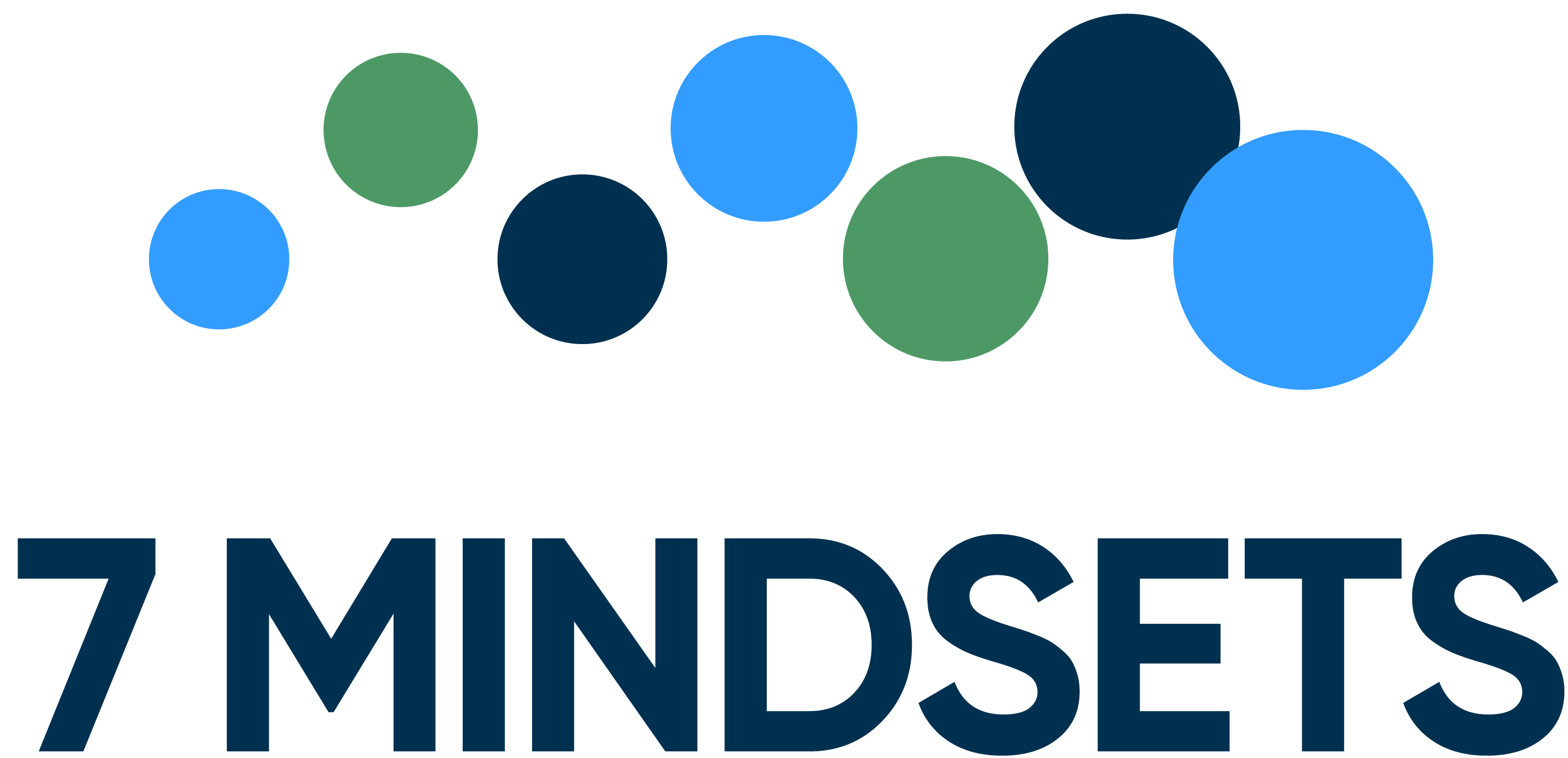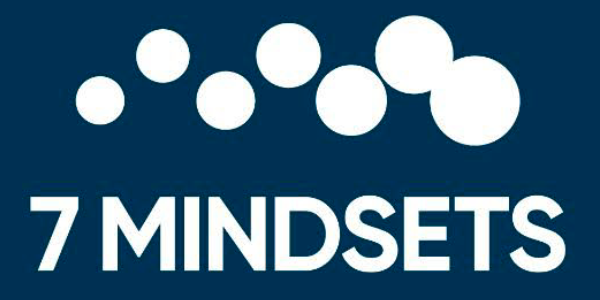3 Indicators That You’re in Need of an SEL Solution
Many school professionals have cited learning gaps, staff shortages, testing, and COVID-related issues as their many stressors that weigh heavily on a daily basis. This list is not exhaustive, and it doesn’t include the very real pressure and responsibility of taking on student mental health challenges which continue to soar at epic proportions.
Most people admit that they expected the fall 2021 start to the school year to be closer to “normal” than it turned out to be. If you’re barely getting by and your plate is full, rest assured, you’re not alone.
Many children’s hospitals have declared a state of emergency, seeing skyrocketing rates of self-injurious behaviors and suicide attempts. Only two years ago, if a child under the age of 13 showed up in an emergency department for a suicide attempt, it was considered a rare event. Today, children as young as seven years of age are attempting to take their own lives. These wounded youngsters are walking through your doors and the need for mental health supports are paramount.
According to the National Conference of State Legislatures:
“State standards determine what SEL looks like in each state. Every state has comprehensive, free-standing standards for SEL with developmental benchmarks in preschool, however, just eight states have standards for SEL development for early elementary students and eight more expand their standards to K-12 grades.”
This leaves blanks for teachers to fill as they grasp for resources.
So how can you know when it’s time to implement social-emotional learning?
Most classrooms are comprised of a combination of students who are in dormant or active need of social-emotional learning and mental health supports.
- If the need is not presently active, chances are the need was recently active and will be again in upcoming months. The term “at-risk youth” was once the catchall for kids who acted out or seemed to be in imminent danger of impacting their lives in a negative manner. Today, the term “at-risk youth” is used for all kids. All kids are at risk for something, at-risk behaviors are cyclical.
- If your students are between the ages of 3 and 18, they can benefit from social-emotional learning.
- If your students suffer from anxiety, family problems, economic issues, bullying, low self-esteem, substance use or abuse, feelings of isolation, loss, racial disparity, gender identity, academic insecurity or learning gaps, cultural inequity, relationship issues, or general life stressors, social-emotional learning can help.
There is no magic formula that indicates it’s time for an SEL solution. Rather, it’s a matter of when you are ready or able to implement it with fidelity. The good news is that SEL doesn’t need to be on you to create or teach. By choosing a comprehensive program that is CASEL approved, you can benefit from a linear progression of assessments, student-led modules, professional development for support, and parental connectedness. The reality is that time is your biggest challenge and while it may be hard to find, we can’t afford to miss the windows of opportunity. As an educator, you are the eyes and ears for student observation. And now, in these most abnormal of times, you are also a healer.
You are not alone; most educators feel the way you likely feel. You are tasked with a litany of impossible jobs and the only way to get through them is to close your eyes and chip away, one hour at a time. SEL can help them. SEL can help you. We’re in this together.




